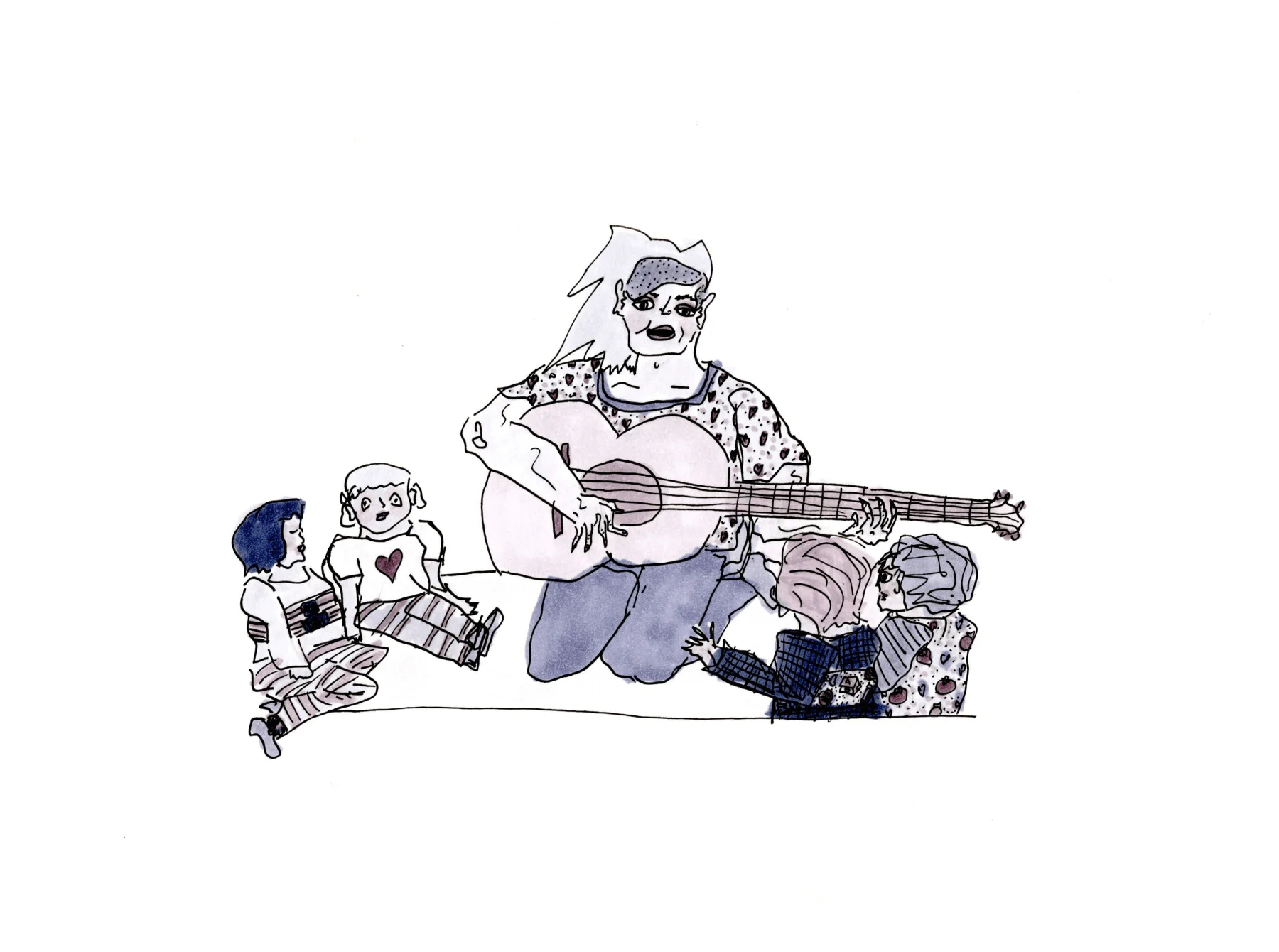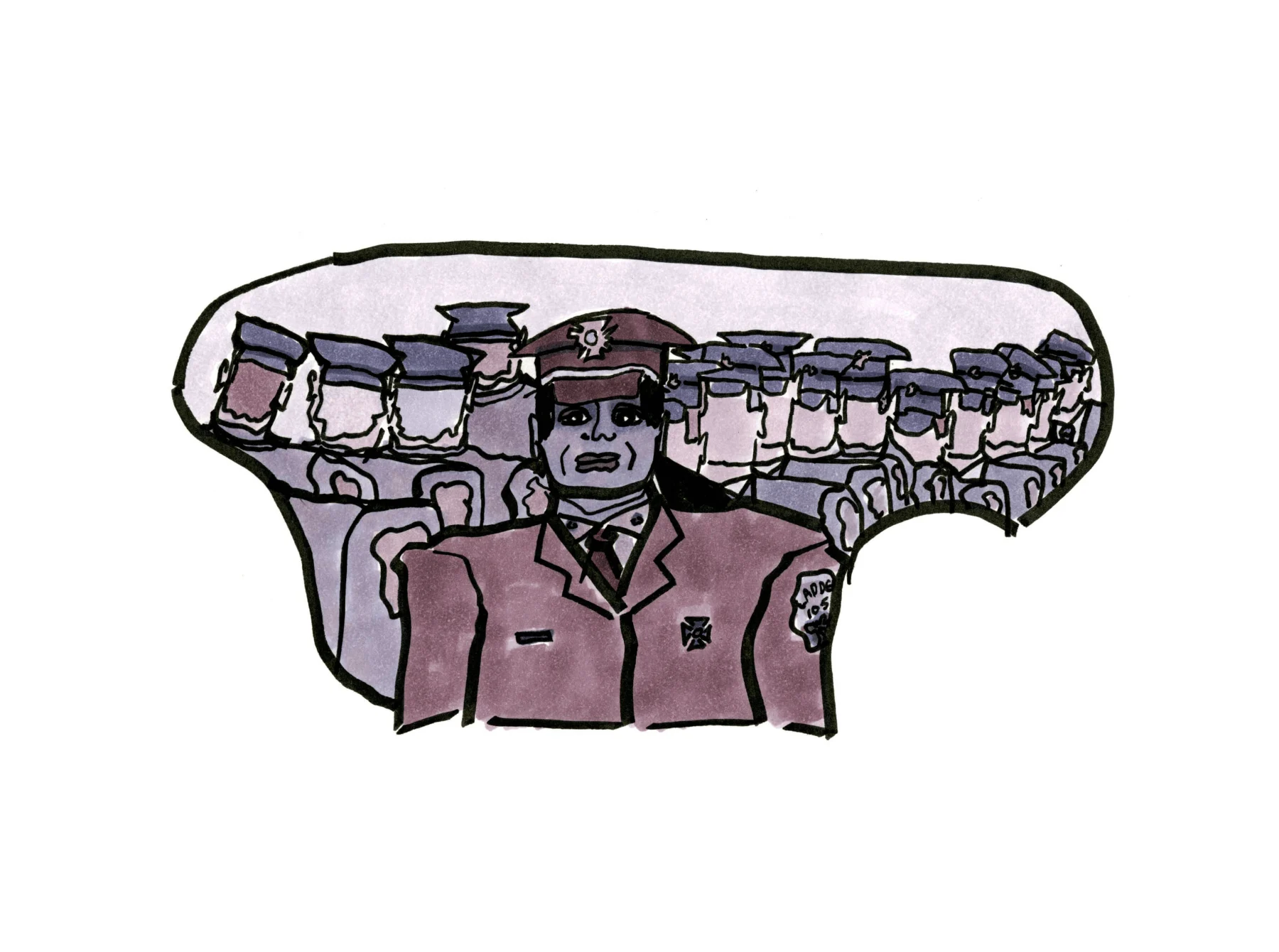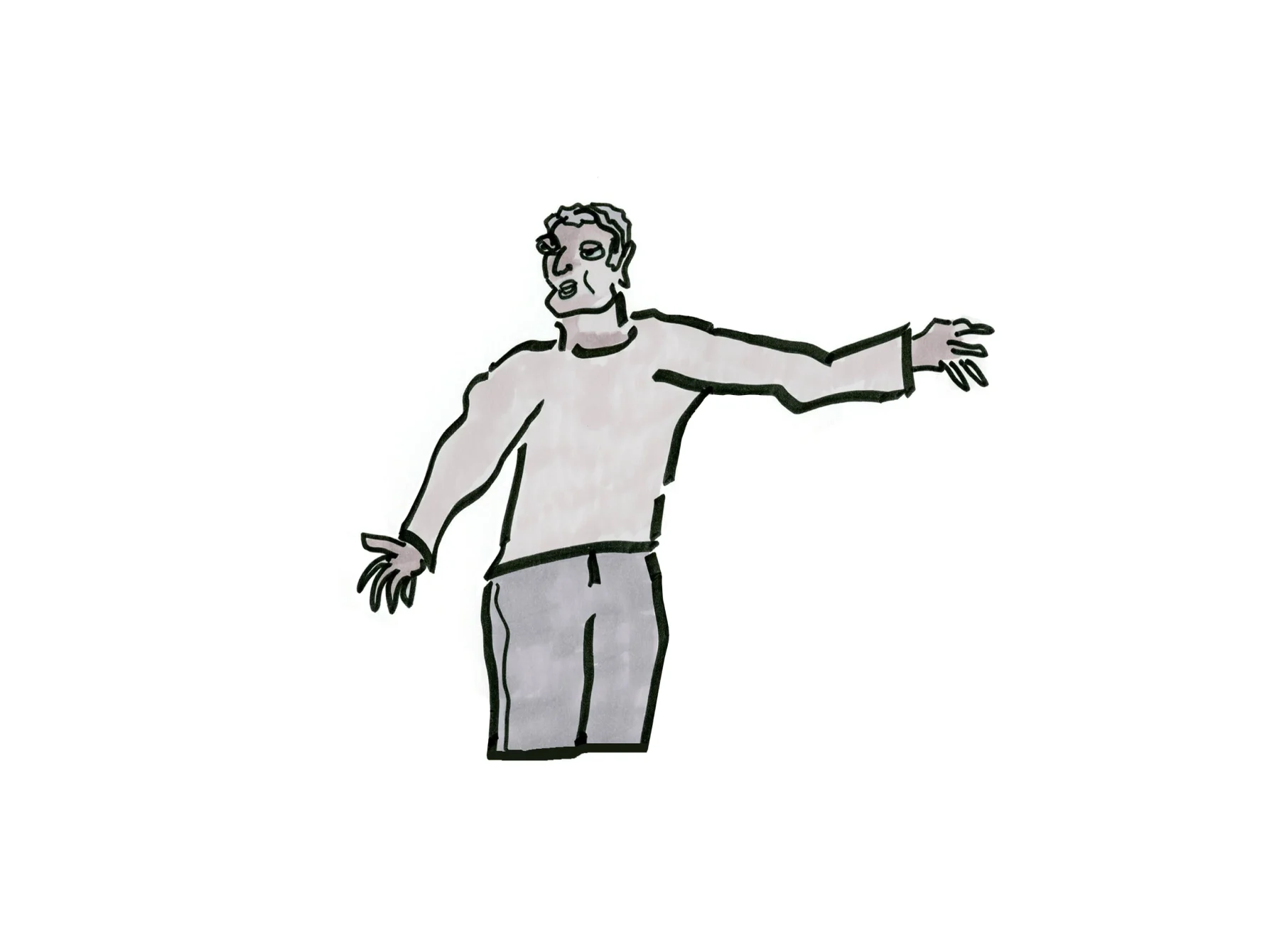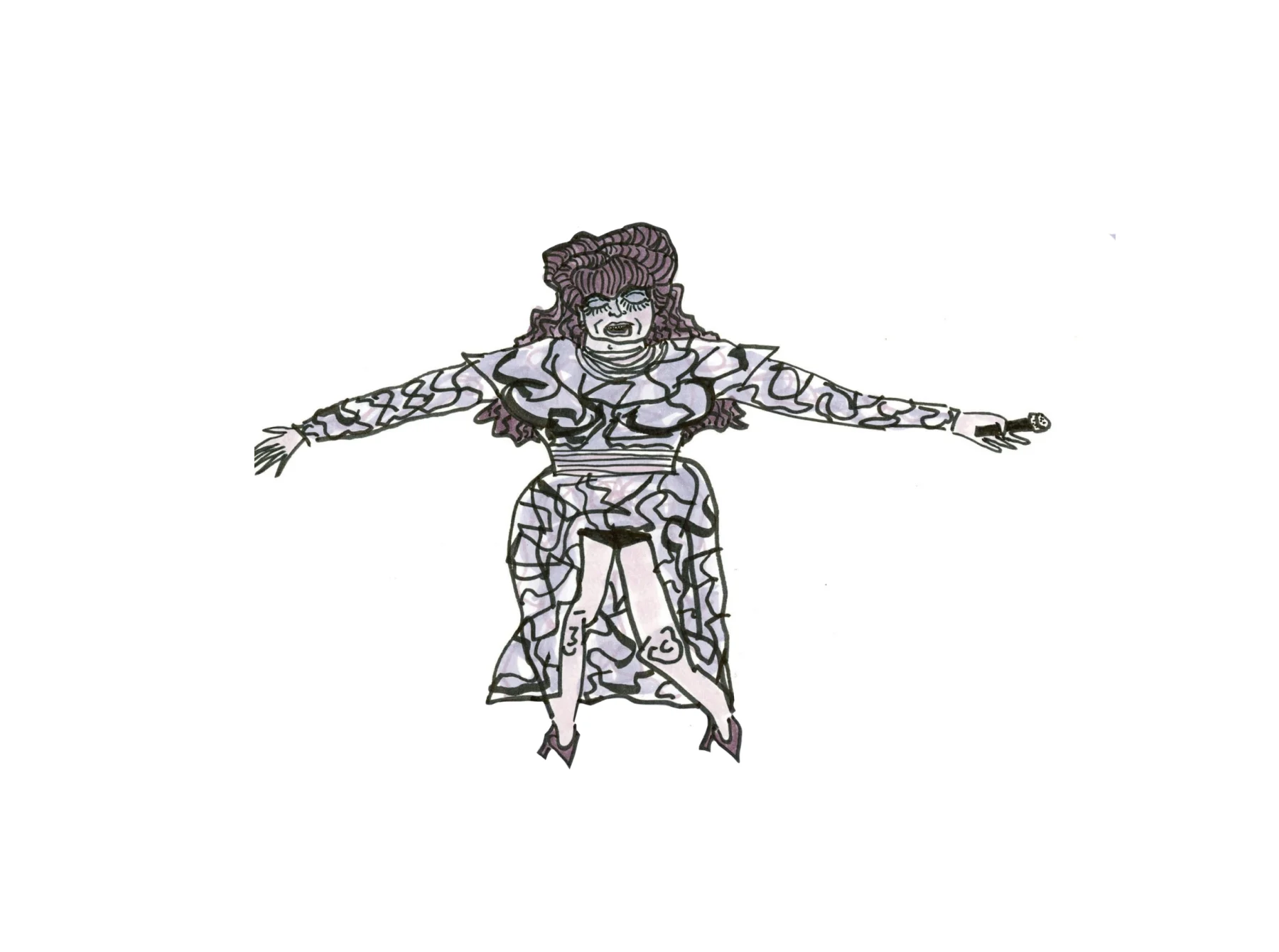
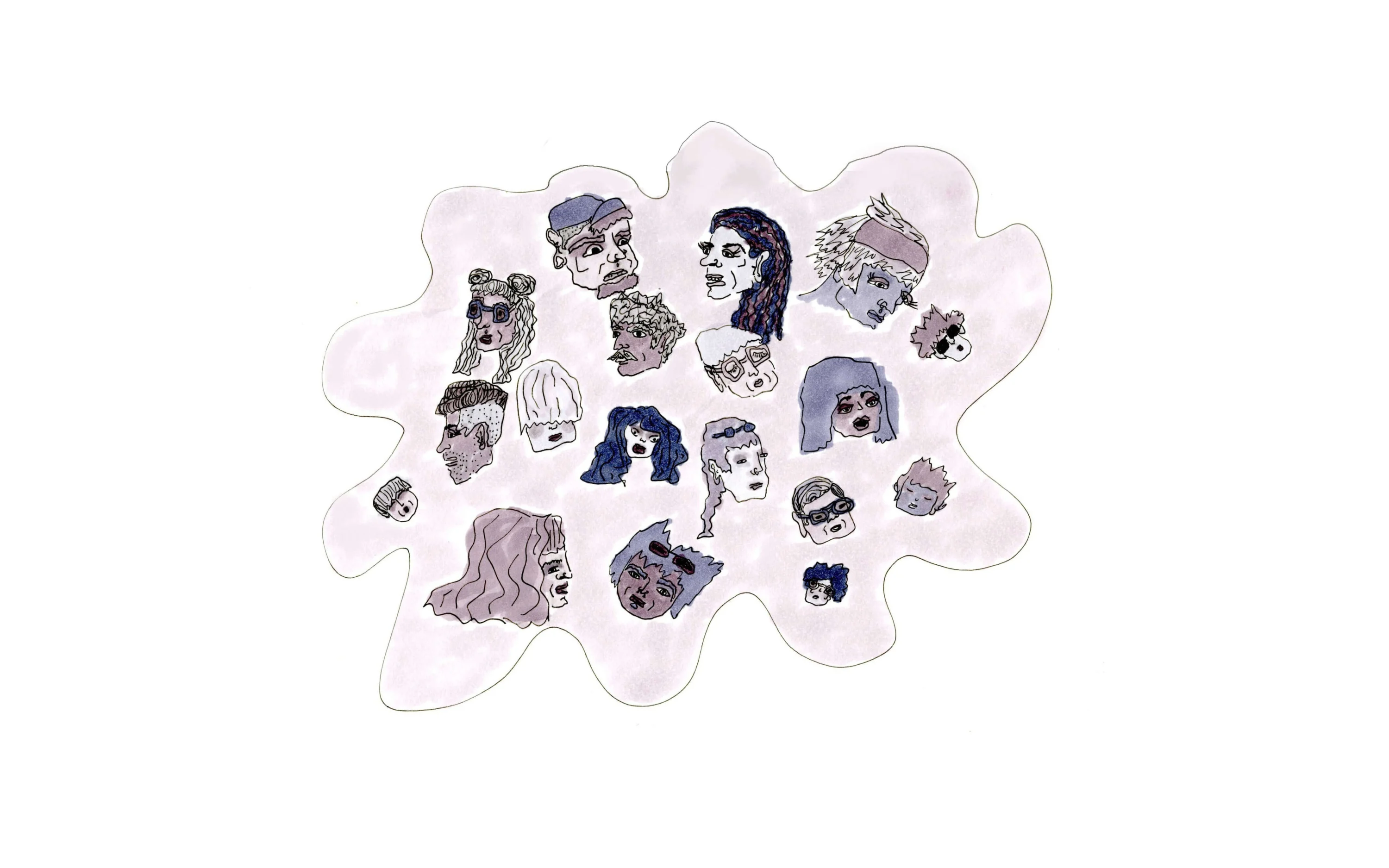
Paola Antonelli is the senior curator of architecture and design at the Museum of Modern Art in New York. Through her unexpected exhibitions (like Workspheres), acquisitions (like Pac-Man) and online projects (like Design and Violence), she has established herself as one of the most vibrant voices in the creative world.
University of the Underground founder Nelly Ben Hayoun sat down with her in New York, and kicked things off by asking who or what Paola is drawn to...
Illustrations by Heather Loase.
There’s nothing forced about the people I'm interested in. My husband always laughs at me because he can tell right away if I am amongst my peeps. He always says if I see people with too much – or too little – body hair, tattoos and hair colors, I usually feel pretty comfortable.
It's not because I want to be or seem younger than I am, not at all - I’m turning 55 tomorrow and I'm definitely not trying to be any younger. I just like curiosity very much. I can smell it a mile away. If curiosity happens to have tattoos and weird hair colors it's not my fault.
I just connect with people that really are looking to do things in a new way and even though it's a platitude I really like hybridity and finding new means of expression.
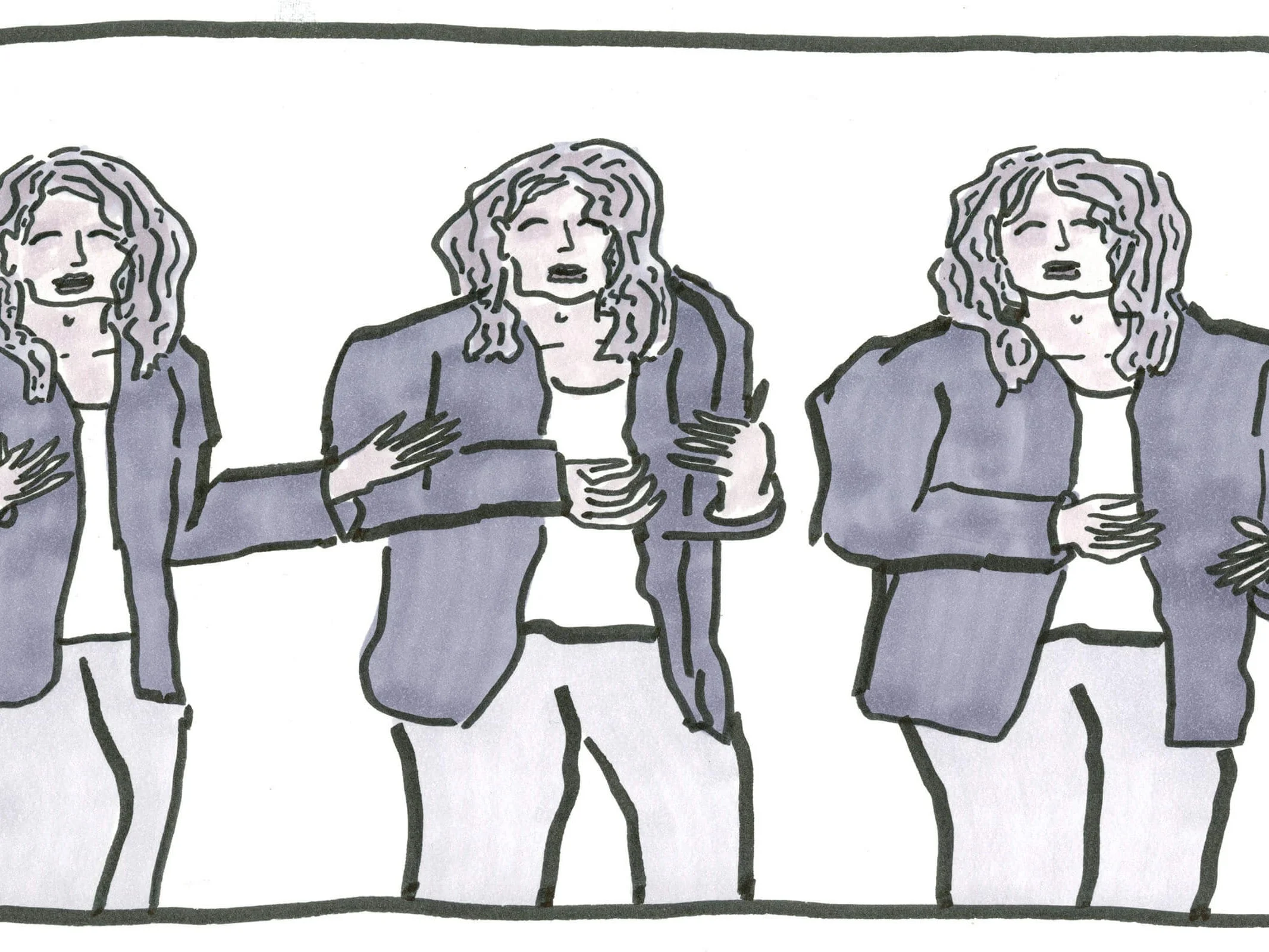
I was always very drawn to the design interactions program at the Royal College of Art - when Tony Dunne was the director of the program, and also Fiona Raby was part of it.
It was a wonderful way to expand the power of design to also imagine possible futures.That particular course gathered all the people that didn't fit anywhere else, which is a little bit like what the MIT Media Lab does. There are these places where students that don't fit in flock to. It's really fascinating, there are these schools that gather all the hybrids and the dropouts.
So when you started University of the Underground I just perked up. It really is important. It's urgent. Because, first of all, with the situation that exists in the world right now, step one is embracing the fact that design is politics. And two, it's also realizing that design has to gain the position that it should have in society.
Designers have to learn how to express themselves in a way that is more convincing and is also more attractive. Sometimes it's a matter of writing better. Other times it's a matter of knowing how to make a movie well. It's a matter of knowing how to speak publicly.
Not to mention the fact that most design education is so expensive that it defeats the purpose. When students start studying design and pay a gazillion dollars a year, the moment they get out of school they just want to be employed by somebody that pays them as much as possible to pay off the debt.
There's no room anymore for speculation, for attempting to lobby and try something new. I think that is University of the Underground, because it’s so pragmatic in its discrimination of design and because it's reasonably priced…
Because it’s free?
Exactly. That's reasonably priced. That's the way it should be. I went to the Milan Architecture School at the Polytechnic at a time where there was still the old order. We were 15,000 students but I paid $200 a year. I don't know, if I had had to pay a lot more money I would've never taken the waves that I took and got to where I did.

Let's talk about you being a student, about how you were in Milan and when you decided to go to New York.
I was a pretty arrogant teenager. I got out of high school and decided to do the hardest course I could find which was economics at the Bocconi University. I stayed there for two years. I really was so bad, I was trying to do exams, my mind was not made for that. I was a disaster. I remember after those two years without saying anything to my parents, I just switched to architecture.
Architecture was a complete mess. A hellish hole with 15,000 students and no rhyme or reason. My parents were not happy but I survived and I did the whole curriculum.
Then when I got out, even before getting out, I started working as a freelance curator and a writer. To make a long story short, there were a few surfers from Malibu involved but I landed a teaching position at UCLA and I started going back and forth between Milan, LA and then San Francisco. There was a boyfriend there too.
After three and a half years of this I remember I was a little tired. I opened the old ID magazine and there was the ad for my position at MoMA. So, that's how I got the job – I answered an ad.
And then?
Then I moved here. Moved to New York. It was 24 years ago. I was really perplexed. I moved in February and it was so cold…
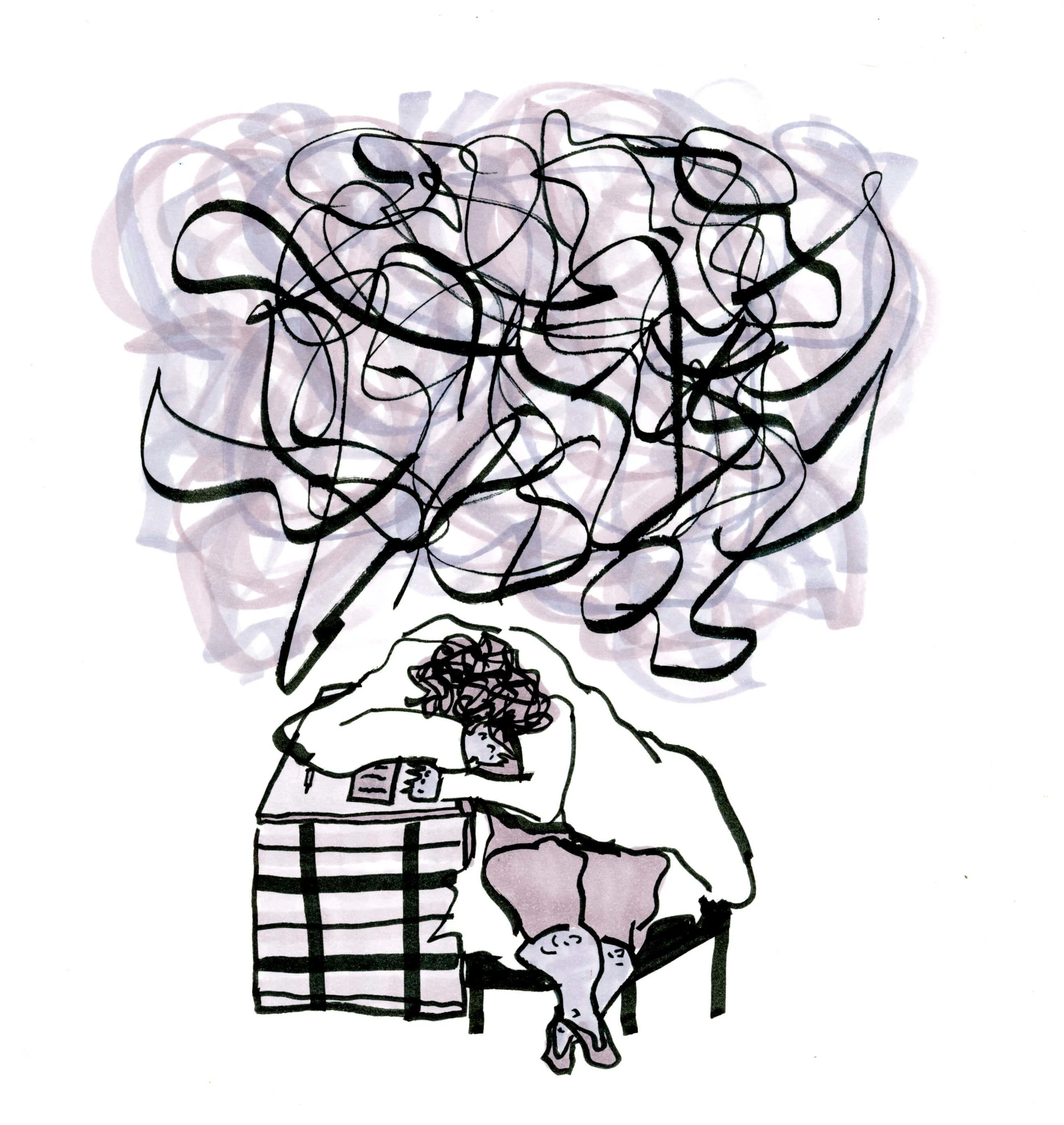
How old were you?
I was 30. I was really miserable and I was going to cry in the bathroom every day until I got my first exhibition, which happened in 1995. When I started doing my project I didn't even think about crying anymore. And then, it took a little while. New York is not that easy, even though it's my city now. I love it.
What’s really interesting about the way you develop your practice as a curator of the MoMA, is that you realize your exhibition might take one or two years to come to life, and there’s a lot of compromise involved.
Well, I mean that's design. I don't consider it compromise. I consider it part of the design process. Right? Art can go, can flow directly from the mind of the artist to the object - if there's enough money funding its support of course.
If you decide you're doing design you need to go through a series of checks, of reality checks, that may mean in the end the object will be used also by other human beings. In the case of an exhibition, it's everything from dealing with a budget to fighting with education for the labels. I don't consider it compromise; it's just part of the process.

At the University of the Underground we teach the students to see new ideas can be developed out of failures or out of ideas that an institution is not ready for yet.
You get a lot of rejections all the time. Sometimes you just shelve them. Sometimes someone else does them, which is also good.
Other times, design bites – it just doesn’t quite happen for you. It'll happen someday. Design and Violence was rejected when it was an exhibition proposal. At that point I was working together with Jamer Hunt, who’s always my favorite partner in crime, and we looked at each other, and decided this is too good of an idea. They don't want it as an exhibition? We're going to do it anyway. And we found a way to do it without asking permission or money and we started a WordPress site.
We just felt it was urgent. It was timed with the release of the 3D printed gun, with a strange change in the type of violence that was happening in the world. We really felt it was important to make it happen at that time.
We called in favors. We asked a few really well-known writers to write the first posts. We asked good questions. Then there was a whole avalanche. MoMA adopted the website and published a book. In the end, the exhibition did not happen at MoMA; it happened at the Science Gallery in Dublin.
Did going into the digital format change the vision for the project?
Definitely. I’m tired of institutions and people that have good ideas, innovative ideas, having to almost starve and always scratch for money. That's the big problem. Unfortunately, money is necessary. Not a lot, but it is necessary.
There's ways to make sure that structures remain light and therefore don't need that much overhead, and that’s where digital can really help. I believe that there needs to be a middle ground.
There needs to be a new business model for cultural institutions, one that relies on a different infrastructure. You should find some good economists to work with you.
WeTransfer is a proud supporter of the University of the Underground. This free two-year Masters program uses design thinking to tackle the world’s biggest problems.
Notes from the Underground is an interview series curated – and sometimes conducted – by its founder, Dr Nelly Ben Hayoun. From a world-renowned curator to an anarchist drag artist, the pieces take us into some of the most unusual creative minds working today.
